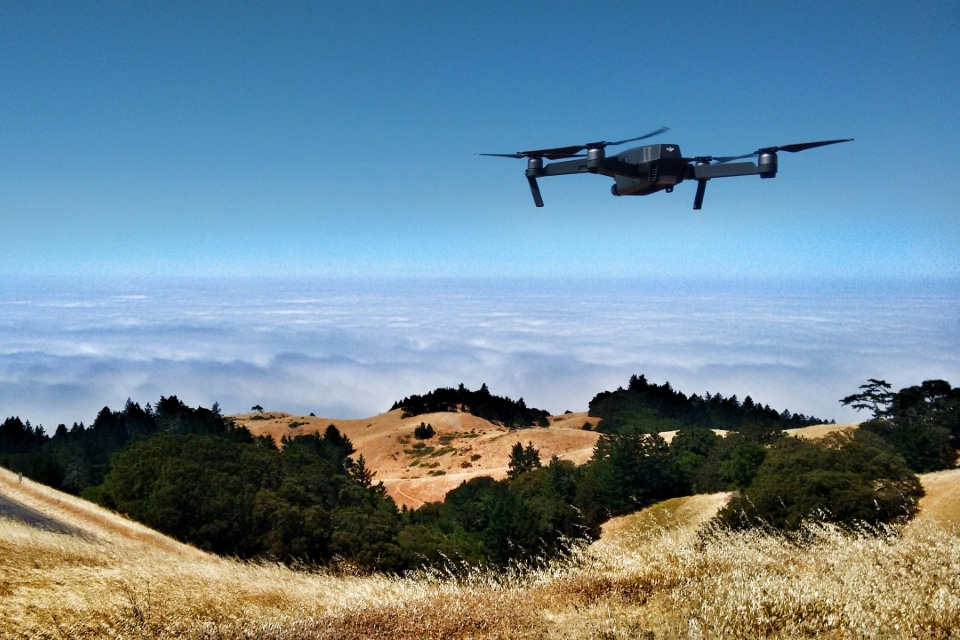The UK’s government’s Defence and Security Accelerator (DASA) scheme says it wants to find and fund next-generation automated imagery analysis to develop capabilities to efficiently detect security threats.
In collaboration with the Department for Transport, the University College London (UCL) has been funded £332,520 to progress their project to develop ‘Electromagnetic imaging for aviation security’.
Magnetic induction tomography (MIT) is a non-contact and non-destructive electromagnetic imaging technique allowing the sensor to operate on an automated basis and with great penetration through metallic barriers, meaning it has potential applications in transport security.
Current sensors show poor sensitivity at low frequency, hence lacking of penetrating power through barriers. The UCL team recently demonstrated that Magnetic Induction Tomography can be performed with atomic magnetometers, which have record sensitivity at low frequency and offer promise of great penetration through barriers.
The team also demonstrated machine-learning-aided classification of the relevant images. These features pave the way to applications in the security sector, as well as in industry, medicine and geophysics.
Prof. Ferruccio Renzoni, Project Lead, University College London said that DASA funding allowed his team to progress the technology to higher TRL.
Parcel operators, airport security operators could benefit significantly from improved and more reliable sensor techniques.
As a next next step, UCL would like to liaise with companies interested in collaborating to develop the project further.
Contact: Prof. Ferruccio Renzoni – f.renzoni@ucl.ac.uk






